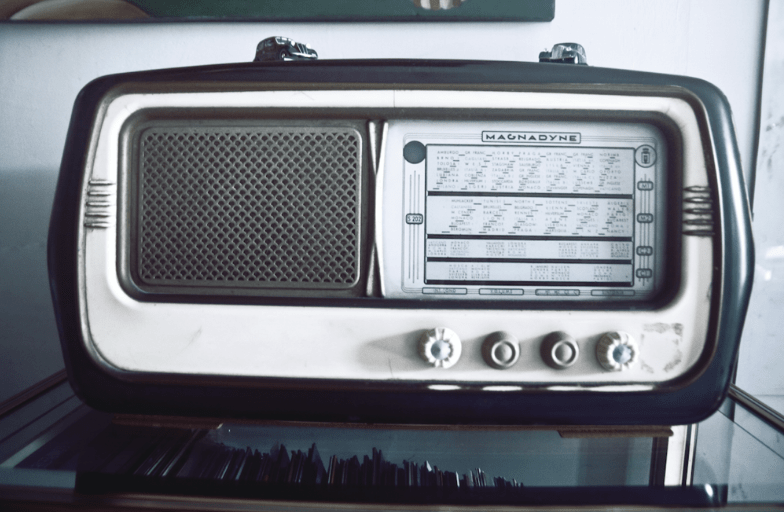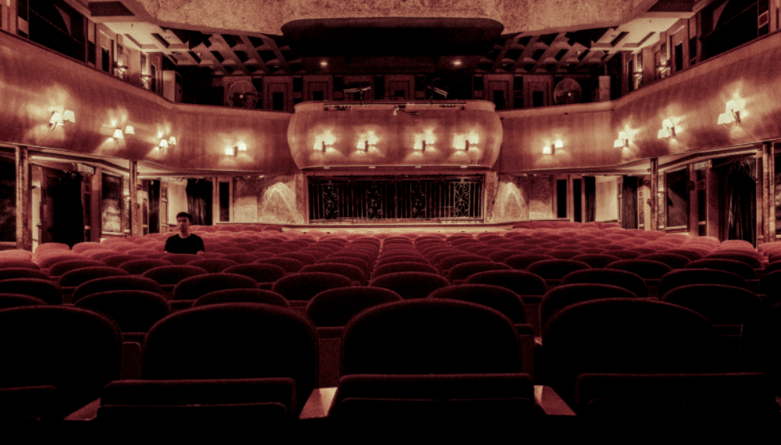Direct and Indirect Substitutes
In the article on Porter’s Five Forces, we looked at the threat of substitution within an industry – how easily customers can switch to something else.
These include direct substitutes (moving to an identical competitor) and indirect substitutes (moving to something quite different that achieves the same end goal).
Every entrepreneur needs to be able to articulate what their business is substituting for: either you’re directly stealing market share from a rival, or you’re indirectly stealing away from someone outside of your industry.
Either way – customers have a finite amount of attention, time and money, so any new purchase is, in essence, a substitution.
Therefore, it is vital that we do two things:
1) Identify what our customer will be giving up – what are they currently doing and why will they switch?
2) Factor this into our Customer Journey – where and when do we find them, and how do we best approach them?
I find the easiest way to work out what you’re substituting for is to look at a lot of other examples:
Transport
A bridge, a ferry and a tunnel do essentially the same thing – take people/cars across an obstacle.
Choosing the wrong one can cost a city tens of millions of dollars.
Uber is a substitute for taxis, and is an upgrade in most respects.
It has not substituted the taxi voucher system, or the ability to give free/discounted trips to people with a disability.
We’ll probably see a substitute emerge in the coming months, either a new brand, or as a feature within an existing ridesharing company.
In regional Australia, towns along the highway have been indirectly substituted by a service station.
Instead of stopping in for a break, drivers can now bypass towns altogether, which is actually quite sad.
I have no hard evidence to support this one, however: I predict we’ll see Jetstar and Tiger not replace Qantas and Virgin, but instead replace the family road trip holiday.
There is a significant chance that autonomous don’t just substitute our current cars, but instead substitute the concept of car ownership.
Customers will pay for access to transport, rather than owning a vehicle that remains stationary for 90% of the day.
Henry Ford famously predicted his indirect substitution: “If I’d asked customers what they wanted, they’d have said a faster horse”.
Entertainment
We thought analog radio would be substituted by digital radio, but that hasn’t eventuated.
Instead, all the functions of a digital radio have been outmatched by Pandora, audiobooks, podcasts and smartphones.
Streaming services are becoming a substitute for TV stations, which is no surprise. The bigger surprise is the way that they are replacing TV studios, as they’re now creating their own shows that delight viewers - deliberately designed to be binge-watched.
The magazine MX was substituted not by a competitor, but by wifi.
Given access to their favourite sites and pages, train commuters lost the need for additional entertainment on the way home.
iTunes became a substitute for the CD wallet.
It looks as if iTunes will be substituted for Spotify – customers don’t care about music ownership, they care about music access.
Most forms of entertainment are indirect substitutes for one another.
For example, watching live sport at the stadium vs at a bar vs at home.
These also compete with cinema, theatre, stand-up comedy, restaurants, art galleries and live music.
Australia is the world leader at pirating Game of Thrones – it seems our ethics have permitted us to use torrents as a substitute for Foxtel.
We are yet to find a substitute for live sports, and thus Foxtel still exists.
Foxtel advertised their family package as a substitute for going out on weekends.
That’s a pretty terrible swap, but that’s how they believe their customers think.
Instagram has become a substitute for a number of magazines, especially those centred on fitness and celebrity gossip.
It’s also replacing traditional advertising channels, using ambassadors in ways that are more targeted and measurable than print or television.
Fashion
Watches have gone through an interesting substitution.
Firstly, the ubiquity of the mobile phone eliminated the digital watch, but then technological advances brought them back in the form of the Fitbit and the Apple Watch.
There are fewer low priced watches, and yet a boom in luxury brands selling future heirlooms at exorbitant prices.
With the practical functions delivered by other devices, their appeal stems from their design, the wristwatch now a fashion statement rather than a utility.
Interestingly, online shopping has only replaced some kinds of retail stores.
Amazon substituted for Borders, but not Readings.
ASOS substitutes for Myer, but not for Prada.
That’s because they can substitute the product, but not the product experience.
It’s not certain industries that are immune, but rather certain Value Propositions that are immune.
High end luxury items are generally substitutable for one another; shoes can be instead of jewellery instead of a watch instead of a bag.
The Household
Champagne, red wine, flowers and boxed chocolates are all substitutes for one another – functioning as gifts that look good when handed to the recipient.
Cask wine, cooking chocolate and houseplants are all better economic value, yet would not be considered substitutes.
Digital cameras replaced film cameras, as was expected.
What wasn’t expected was the smartphone killing the digital camera just a few years later.
It turns out, amateurs are happy with a built-in camera, and the more serious photographers want a DSLR.
Smartphones have also become a substitute for the alarm clock – we use our phone alarms rather than a standalone appliance, since our phones are always with us.
Tesla’s Powerwall is hoping to substitute variable electricity pricing, by filling itself up when prices are cheap.
This will probably flatten out prices and evenly distribute power usage over the day.
A lawnmower can be substituted by a range of options – Jim’s Mowing, cobblestones, a goat, or even long grass.
Sometimes the biggest competitor is that your customer decides to do nothing.
Food and Drink
Ice Cream stores have been largely replaced by frozen yogurt.
Interestingly, the early frozen yogurt stores have also been replaced by self-serve frozen yogurt, with customers voting to be able to control exactly what they buy.
Coke and Pepsi are hoping to use Stevia as a sugar substitute.
This is likely because of educated consumers who are horrified at what they’re drinking, combined with the new product labelling laws.
Nespresso is a substitute for some forms of coffee, like plungers and pourovers.
It isn’t a substitute for the big café-style La Marzocco machine, nor has it substituted instant coffee – each of those have their own strengths that a pod machine can’t match.
The Workplace
Coworking is replacing small offices – startups now jump from a coworking space straight to a mid-sized office of their own.
For large multinational companies, videoconferencing tools like Skype not only replace calls, but now replace international flights.
What does this all mean?
I take a few lessons from these examples:
1) Convenience trumps loyalty, and customers have short memories
2) People don’t think in terms of products, but in terms of improved lifestyles
3) Mid-ranged offerings are more vulnerable than the ultra-premiums
4) Ownership is less important than convenience
5) Many people are just looking for "Good Enough"
The best thing to do now is to explore your own customers and industry.
You’ll learn a lot from the Value Proposition Canvas and 5 E’s of Customer Journey.
Walking in your customer’s shoes is uncomfortable, but it certainly beats obsolescence.
















